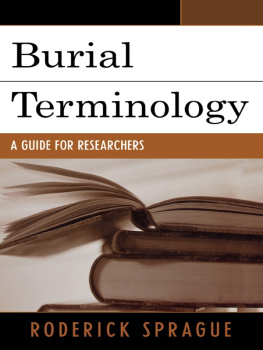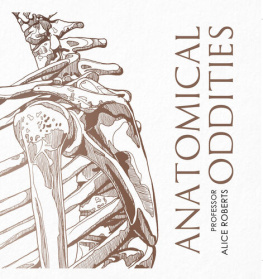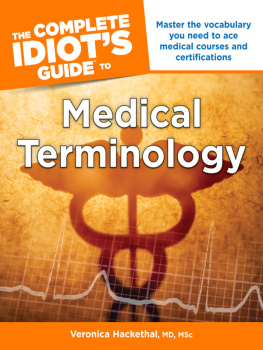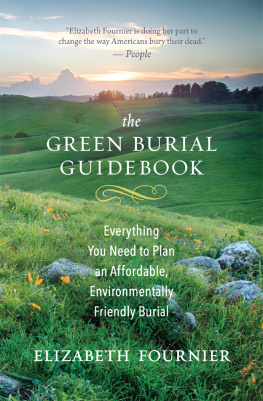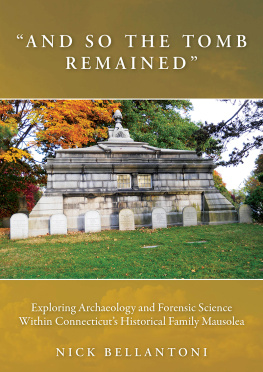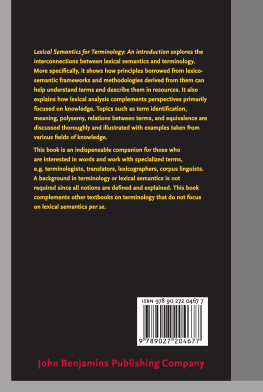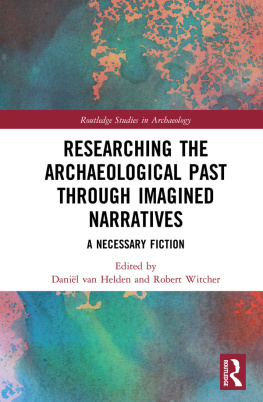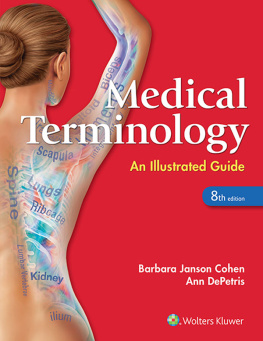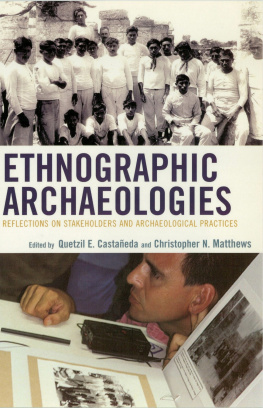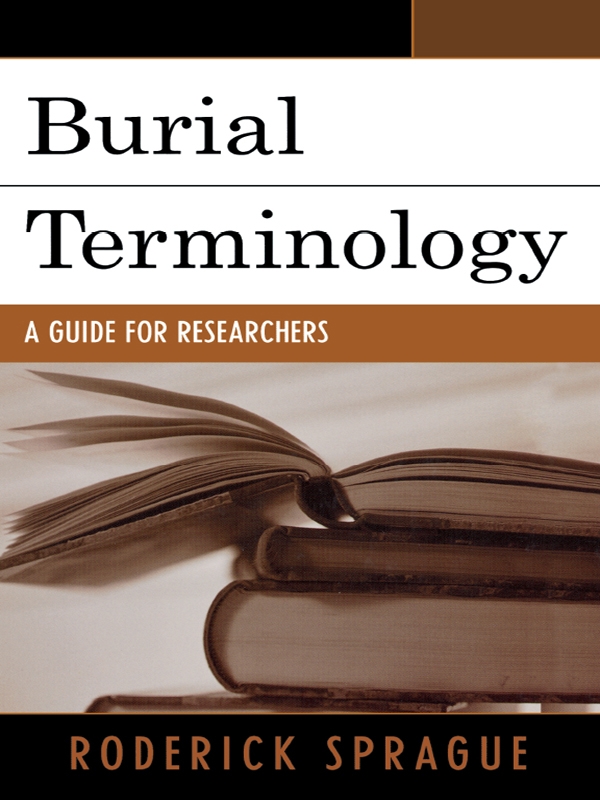Acknowledgments
Help over the past fifty years has included my Washington State University masters committee, Allan H. Smith, Richard D. Daugherty, and Joel B. Montague; my University of Arizona doctoral committee, Raymond H. Thompson, Harry T. Getty, and T. Patrick Culbert; and review of the published version by American Antiquity editor Robert E. Bell. Others include William M. Bass, Walter H. Birkby, John D. Combes, L. S. Cressman, Emil W. Haury, Jesse Jennings, Alexander J. Lindsay Jr., William J. Robinson, B. K. Swartz Jr., Deward E. Walker Jr., and, recently, especially Douglas H. Ubelaker.
Grammar, readability, and format review provided by Judy Marineau, Louise Barber, Catherine Rieser, Fred Sprague, and Linda Ferguson Sprague with special consultation by DWayne A. Hodgin. Katrina Stankowski, William H. Adams, and especially Susan Piddock provided research in Australia. Chris Kipp and Francis K. Spain provided sources and helpful discussion on range of motion. Jennifer OLaughlin, Jo Hanna Etherton, and the staff of the University of Idaho Library, Interlibrary Loan Office, handled interminable interlibrary loan requests pleasantly and skillfully. Problem solving, corrections, and additions came from Michael Morwood, Ian McNiven, Gerald Schroedl, Jefferson Chapman, Douglas D. Scott, Alex Sprague, The Wranglers, and innumerable unnamed anthropology and work-study students sent to the library to find obscure sources. To those forgotten in the dim past, my apologies.
The anonymous draft reviewers have been helpful with their candid comments, suggestions, and additional sources. Especially important have been further discussion with anonymous reviewers David M. Gradwohl, Jay Miller, Harold Mytum, Susan Piddock, Timothy B. Riordan, Darby C. Stapp, Douglas H. Ubelaker, and Deward E. Walker Jr. as well as Bettina Arnold, Karen Ramey Burns, Thomas F. King, David Brauner, and Anita Cowen-Williams. Most of their corrections and many of their ideas have been incorporated without due credit. Ethnic and religious materials and information have been provided by numerous Plateau Culture Area American Indians plus very specific help from David M. Gradwohl, S. M. Ghazanfar, and Priscilla Wegars and Terry Abraham.
Mitch Allen, Kristina Razmara, and April Leo of AltaMira Press kept the project going, made innumerable suggestions (especially for organization), and kept my enthusiasm and negative comments under control.
For all, my sincere thanks, but only I can be held accountable for the opinions and final results.
About the Author
Roderick (Rick) Sprague , born in 1933, is Professor Emeritus of Anthropology and Laboratory of Anthropology Director Emeritus from the University of Idaho, Moscow, where he taught for thirty years. He has his bachelors and masters degrees in anthropology from Washington State University, Pullman, and his Ph.D. from the University of Arizona, Tucson. Sprague has conducted excavations in the Pacific Northwest, Alaska, and the Canadian Maritime on Prince Edward Island and has done research in the American Southwest and Inner Mongolia. His research has been largely on burial practices and historical archaeology with a special interest in glass and ceramic trade beads and buttons. Sprague has conducted burial excavations and burial research for and at the request of ten different American Indian tribal governments in the Plateau, Great Basin, and Northwest Coast with repatriation a standard practice many years before enactment of the federal Native American Graves Protection and Repatriation Act. He has also served as a consultant to the Corps of Engineers and numerous law enforcement agencies in the excavation of Euro-American cemeteries and isolated forensic cases.
Dr. Sprague is the first member of The Society for Historical Archaeology to be awarded both the J. C. Harrington Medal in Historical Archaeology and the Carol Rupp Distinguished Service Award. He is currently retired and living in Moscow, Idaho, with his wife Linda, who also holds degrees in anthropology.
References
| Abraham, Terry, and Priscilla Wegars |
| 2003 | Urns, Bones and Burners: Overseas Chinese Cemeteries. Australasian Historical Archaeology, 21:5869. |
| Acht, Kalle |
| 1980 | Death and Ancient Finnish Culture. In Death and Dying: Views from Many Cultures, Richard A. Kalish, editor, pp. 313. Farmingdale, NY: Baywood Publishing Co. |
| Adhyatman, Sumarah, and Redjeki Arifin |
| 1993 | Beads in Indonesia/Manik-Manik di Indonesia. Jakarta: Djambatan. |
| Adkins, Lesley, and Roy A. Adkins |
| 1982 A | Thesaurus of British Archaeology . London: David and Charles. |
| Alekshin, V. A. |
| 1983 | Burial Customs as an Archaeological Source. Current Anthropology, 24(2):137149. |
| Alexander, John |
| 1970 | The Directing of Archaeological Excavations. New York: Humanities Press. |
| Alger, Alexander |
| 1996 | The New (and More Convenient) American Way of Death. Forbes, 158(10):324326; 21 October. |
| American | Antiquity |
| 1943 | First Archaeological Conference on the Woodland Pattern. American Antiquity , 8(4):393400. |
| American Monument Association |
| 1947 | Memorial Symbolism, Epitaphs and Design Types . Olean, NY: American Monument Association. |
| Anderson, T. E. |
| 1962 | The Human Skeleton, a Manual for Archaeologists. Ottawa: National Museum of Canada. |
| Andree, Richard |
| 1907 | Ethnologische Betrachtungen ber Hockerbestattung. Archiv fr Anthropologie, 6(14):282307. |
| Angel, J. Lawrence |
| 1980 | Physical Anthropology: Determining Sex, Age, and Individual Features. In Mummies, Disease, and Ancient Cultures, Aidan Cockburn and Eve Cockburn, editors, pp. 241257. London: Cambridge University Press. |
| Anima, Nid |
| 1978 | Childbirth & Burial Practices among Philippine Tribes. Quezon City: Omar Publications. |
| Anson, Tim J., and Maciej Henneberg |
| 2004 | A Solution for the Permanent Storage of Historical Skeletal Remains for Research Purposes: A South Australian Precedent That Keeps Scientists and the Church Community Happy. Australian Archaeology, 58:1518. |
| Arkansas State Code |
| 1991 | Arkansas State Code, Act 753. Little Rock. |
| Arnal, Jean |
| 1973 | Sue les Dolmens et Hypoges des Pays Latins: Les V-Boutons. In Megalithic Graves and Ritual, Glyn Daniel and Poul Kjrum, editors, pp. 221226. Jutland Archaeological Society Publications, No. 11. Copenhagen. |
| Arnold, Brettina |
| 1995 | The Material Culture of Social Structure: Rank and Status in Early Iron Age Europe. In Celtic Chiefdom, Celtic State, Bettina Arnold and D. Blair Gibson, editors, pp. 4352. London: Cambridge University Press. |
| Arnold, C. J. |
| 1988 | An Archaeology of the Early Anglo-Saxon Kingdoms. London: Routledge. |
| Ascenzi, Antonio, Aidan Cockburn, and Ekkehard Kleiss |
| 1980 | Miscellaneous Mummies. In Mummies, Disease, and Ancient Cultures, Aidan Cockburn and Eve Cockburn, editors, pp. 224238. London: Cambridge University Press. |
| Ashbee, Paul |
| 1970 | The Earthen Long Barrow in Britain. London: J. M. Dent. |

